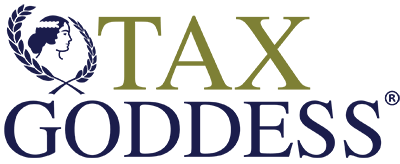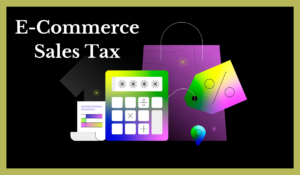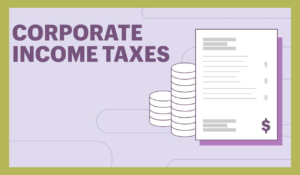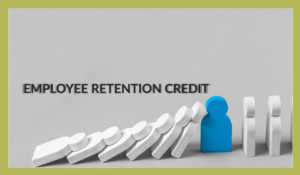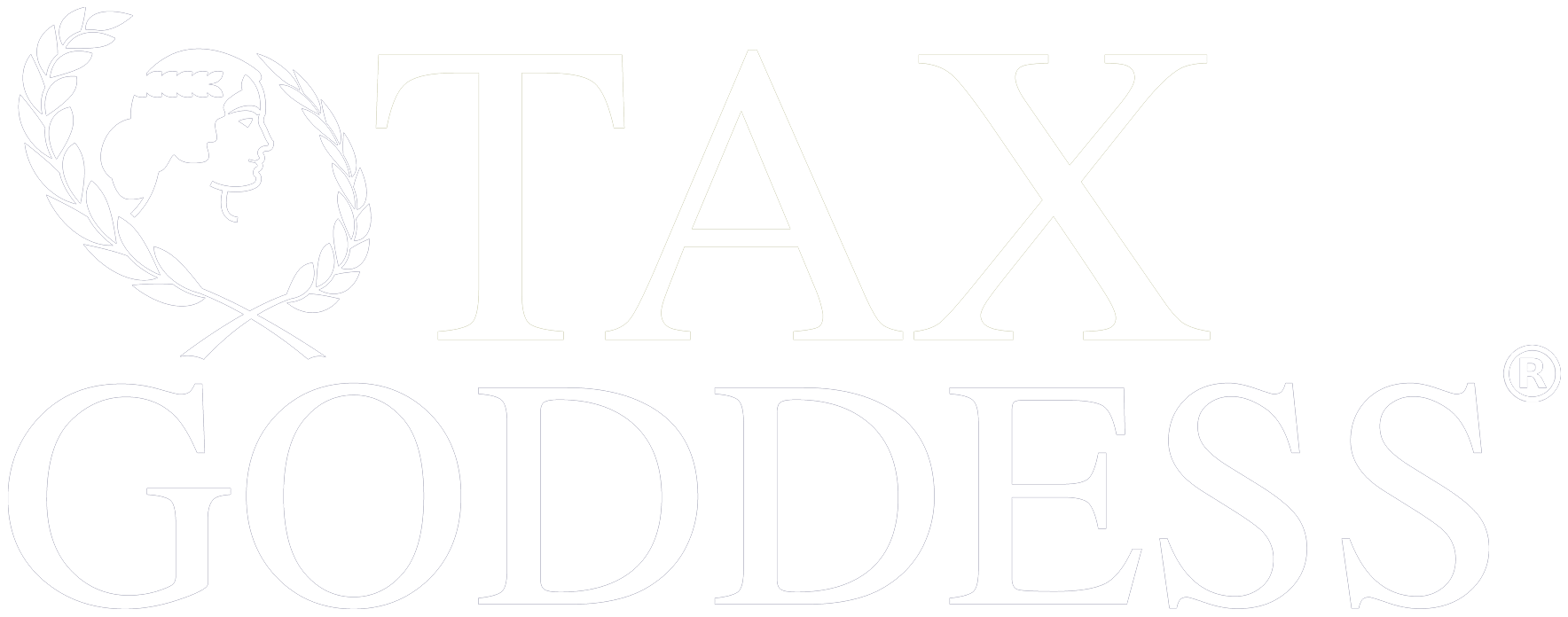Did you know that according to a report by the Investment Company Institute, Americans have about $7 trillion invested in 401(k) as of the first quarter of 2023? Also, the average 401(k) contribution stands at 7% of total employee income.
For context, a 401(k) is a retirement savings plan that U.S. employers offer to enable employees to set money aside for retirement on a tax-deferred basis.
Considering the above statistics, the popularity of 401(k) is not under debate. But as a savvy employer, employee, or entrepreneur looking at it from an analytical point of view, is it the best option for you? What benefits does it hold for you? Is 401(k) an ideal long-term retirement plan? Would offering 401(k) hurt your business or finances? These are factors worth considering before opting for 401(k). So, in today’s article, we will guide you through some of the most vital pros and cons of 401(k)
Before getting into the pros and cons of 401(k), let’s shed some light on how a 401(k) works when you retire.
How Does a 401(k) Work When You Retire?
When you retire, how your 401(k) works depends on your choices and the rules of your specific plan. Here’s a general overview of how a 401(k) works when you retire:
- Retirement Age and Distributions: Once you’re 59½ years old, you can start taking money from your 401(k) without attracting the early withdrawal penalty. And if you retire a bit earlier (at least 55 years old), you can also avoid the 10% early withdrawal fee. But if you retire before 55, different rules apply, and you may be required to pay the early withdrawal fee.
- Distribution Options: As a retiree, you typically have several options for accessing your 401(k) funds. These options are as follows:
- Lump Sum: You can take a one-time lump-sum distribution of your total 401(k) balance.
- Partial Withdrawals: You can take partial withdrawals to cover living expenses.
- Annuity: Some plans offer the option to convert your 401(k) savings into an annuity that provides regular income for life.
- Periodic Payments: You can set up regular systematic withdrawals to receive a steady stream of income.
- Required Minimum Distributions (RMDs): Upon reaching age 72, you will be required to start taking specified minimum withdrawals (Required Minimum Distributions) from your traditional 401(k) account. The point of RMDs is to get you to pay taxes on your retirement savings whenever you withdraw. The good news is that you have the option of legally minimizing such tax obligations by taking advantage of tax strategies like qualified charitable distributions (QCDs), Roth conversion, and annuity. All you need to do is to partner with a qualified tax strategist to help you identify and implement the best plan for your situation.
- Taxation: Withdrawals from traditional 401(k) accounts are generally subject to income tax in the year they are withdrawn. But if you have a Roth 401(k), withdrawals will be tax-free if your account is at least five years old.
- Employer Match and Contributions: Some employers may continue to contribute to your 401(k) account even after you retire, although this is less common. Employer matches and contributions are usually subject to vesting rules.
- Rolling Over: If you change jobs or retire, you might have the option to roll over your 401(k) balance into an Individual Retirement Account (IRA) or another qualified retirement plan. This can provide more control over your investment choices and distribution options.
Pros of a 401(k) Plan
Employer Match: This is a significant benefit for employees. Many employers offer a matching contribution plan in their 401(k). It is like an incentive or “reward” for employees to save for retirement. Imagine that! Maximizing your 401(k) contributions is a recommended strategy for taking full advantage of your employer’s generosity, but keep in mind that the IRS sets a contribution limit of $22,500 for the 2023 tax year. While this does not apply to your employer, as they can exceed your contribution, the total contributed amount is capped at $66,000 ($73,500 for employees who are 50 or older).
Tax Advantages: One of the biggest pros of a 401(k) is the tax benefits it unlocks. Typically, employers and employees contribute pre-tax income into a 401(k) account, minimizing taxable income for the year. The advantage for you? You get to pay lower taxes upfront, ensuring that your investments grow robustly and without tax limitations over time.
Loan Provisions: While this is not free of potential drawbacks, some 401(k) offer the option to take a loan against your savings without penalties, as long as you pay it back within a specified time frame. This can be useful for meeting short-term financial needs.
Flexibility in Investment Choices: A 401(k) often offers a variety of investment options, such as mutual funds, stocks, and bonds. This enables you to tailor your investment strategy based on your risk tolerance, age, and financial goals.
Employee Engagement and Retention: Providing a well-structured 401(k) plan can boost employee engagement and retention. When employees feel their long-term financial goals are supported, they’re more likely to stay with a company and contribute positively to its growth.
Cons of a 401(k) Plan
Positive Reputation in the Industry: Companies known for offering strong retirement benefits tend to develop a positive reputation within their industry. With this reputation, you can attract not only top candidates but also potential partners, investors, and clients to your business.
Early Withdrawal Penalties: While 401(k)s are designed for retirement savings, withdrawing funds before age 59½ usually incurs a 10% penalty on top of regular income taxes. This penalty aims to discourage early withdrawals and preserve retirement funds.
Limited Investment Choices: Some 401(k) plans have a restricted range of investment options compared to individual brokerage accounts. This limitation might prevent you from fully tailoring your investment strategy to your preferences.
Vesting Periods: Employer contributions might be subject to a vesting schedule, meaning you must work for a certain number of years before those funds are considered entirely yours. This can impact your retirement planning if you change jobs frequently.
Required Minimum Distributions (RMDs): As highlighted earlier, after reaching age 72, you’re required to start taking minimum distributions from your 401(k) each year. These distributions are subject to income taxes and can disrupt your financial plans if you haven’t accounted for them.
Loss of Flexibility: 401(k) funds are intended for retirement, so accessing them for emergencies or other needs might be restricted. Early withdrawals can have significant financial consequences, making it important to have alternative emergency funds.
Management Fees: Some 401(k) plans have administrative and management fees, which can eat into your investment returns over time. It’s essential to understand the fee structure of your plan and consider lower-cost investment options when available.
Market Risks: Like any investment, 401(k) funds are subject to market fluctuations and risks. Economic downturns can impact the value of your investments, potentially leading to losses.
Final Thoughts
As you have learned, carefully considering multiple factors is crucial before deciding whether a 401(k) plan aligns with your specific circumstances. Remember, ten times out of ten, seeking professional advice or guidance from a tax consultant or tax strategist is the most assured way of maximizing your 401(k) benefits. Fortunately for you, tax strategy is what we do best at Tax Goddess, and our team of experts is dedicated to helping you craft a future-proof, profit-focused 401(k) plan to give you a retirement that is free of financial worries. Take the first step toward securing your financial future by booking your free consultation with us today!


